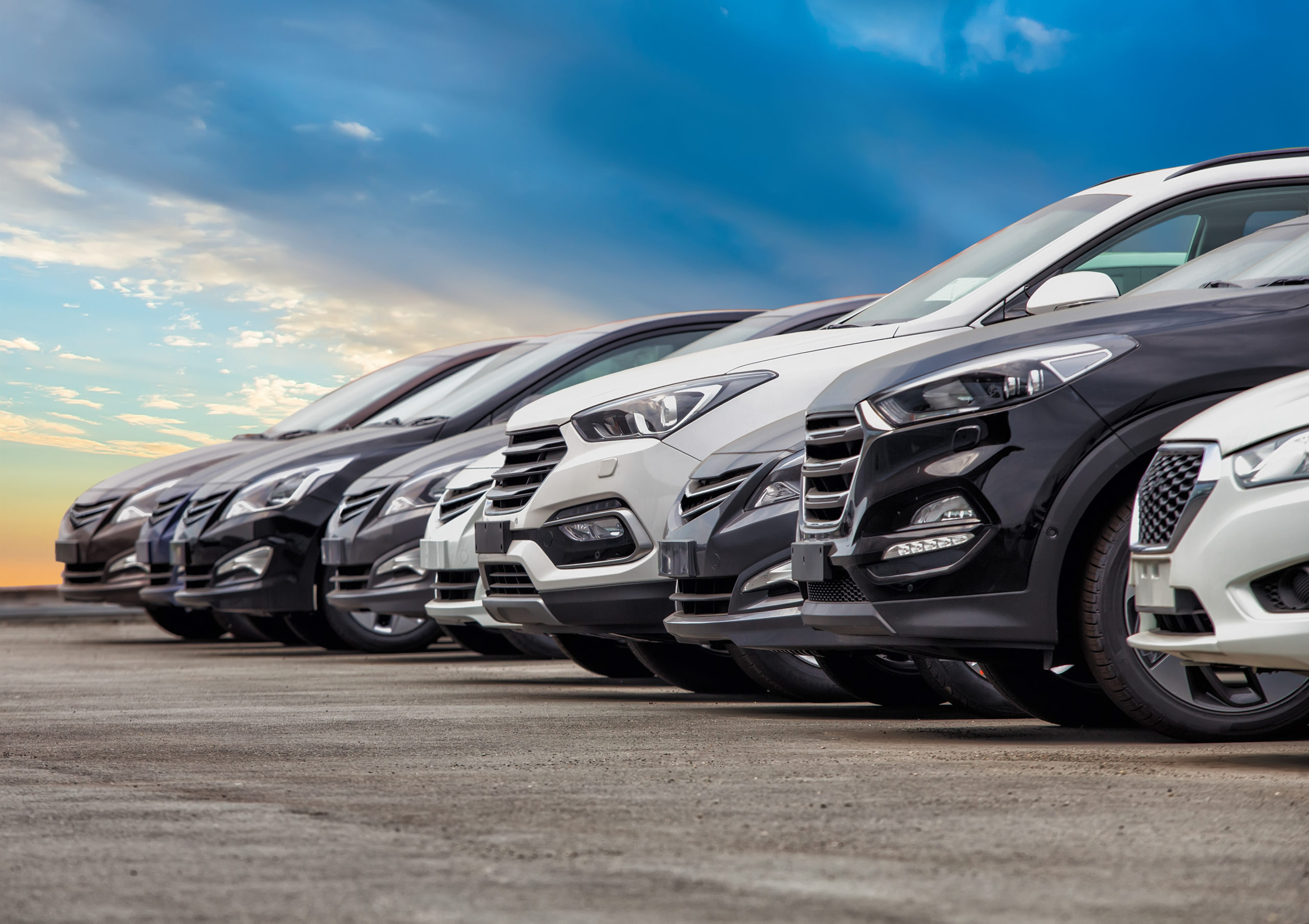According to a recent article, in November 2021, used car prices jumped up 44% compared to a year earlier. In December 2021, J.D. Power estimated that the average used car price hit $30,000 compared to about $23,000 the previous year. Amazing. The cost of new cars is also soaring, averaging $46,000.
Worldwide, new car production was 4,000,000 fewer cars than planned for in 2021. In the U.S. pre-pandemic (before March 2020), new car dealers had a total of 3.5 million vehicles on the lot. In July of 2021, that number was down to 1.2 million.
Why is this happening?
- Supply chains are blocked, resulting in part shortages, the computer chip shortage being the most visible. New cars can’t be produced when chips aren’t available.
- Lack of availability of new cars causes an increased demand for used vehicles.
- Car rental companies sold off many of their cars early in the pandemic when people stopped traveling.
- Car rental companies are now, for the first time, buying up used vehicles to replenish their fleets due to the lack of availability of new cars.
- People who lease their vehicles are increasingly buying out their leases at the end, instead of trading in, so those cars are not available on the market either.
- Inflation. The cost of oil, metals, lithium, palladium (catalytic converters), etc., has risen during the pandemic, resulting in a higher production cost for cars. The upshot is an increase in the price of both new and used vehicles.
- Low-interest rates – rates are historically low, allowing for lower monthly payments for car loans, so more people have been able to buy cars, which has increased demand.
- Production of cars has been reduced during the pandemic due to vehicle production line worker shortages resulting from illness, isolation, and quarantine.
- Transportation of new cars from overseas has slowed due to port congestion and limited space on container ships, resulting in a significant reduction of new car inventory at dealerships.
Many experts think that used car prices are in a bubble and will collapse once new cars become more available. Some other trends are developing that may help to pop this bubble. Interest rates are starting to rise, causing higher monthly payments, leading to the lower overall demand for new and used cars. COVID-19 will soon shift from a pandemic to more of a manageable endemic nuisance, allowing people to work reliably on production lines, increasing output. Supply chains will eventually ease, allowing production to continue at full speed. If you have a car to trade-in, you will get top dollar for it now, but your options for a different vehicle will be in short supply. There aren’t many great options right now when it comes to buying a car.
Keep an eye on the car market; it seems to be heading for more changes in the future.

